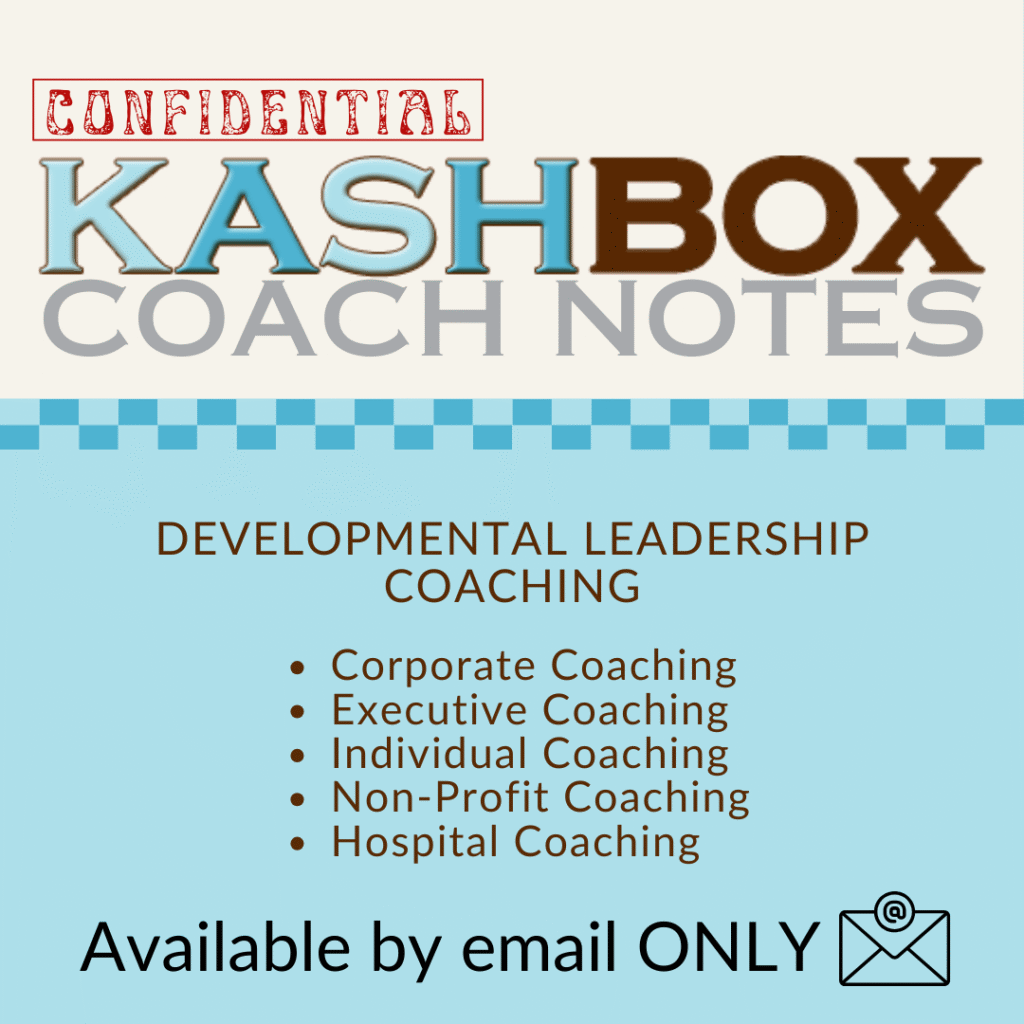Peak performance is not what it used to be, according to business leadership, managers, and employees who report teetering on the brink of burnout. And it’s not just individuals: entire organizations are at risk.
Within the first seven weeks of 2021, Harvard Business Review published six articles on the topic, including how the pandemic contributes to burnout, how to recognize burnout, and how to fight burnout. But instead, what if we could avoid burnout and maintain peak performance?
Although burnout is not classified as a medical condition or mental disorder (DSM-5), in 2019, pre-pandemic, the World Health Organization (WHO) re-defined the occupational phenomenon of burnout in the International Classification of Diseases (ICD-11). According to the WHO, “burnout is a syndromeresulting from chronic workplace stress that has not been successfully managed,” and includes three dimensions:
▶ The feeling of energy depletion
▶ The feeling of negativity/cynicism related to personal occupation or increasing mental distancing from the occupation
▶ Reduced professional/occupational efficacy
Typically, we avoid burnout by taking breaks: we enjoy several weeks of vacation, spend time away, and de-stress with a change of scenery and energizing activities. But for many, this has not been an option during the past year. In addition, virtual offices, work-from-home (WFH) practices, and stay-cations don’t recharge us as we need. Reaching and maintaining peak performance for individuals and organizations requires daily energy management.
Four Dimensions
Energy has four dimensions: physical, mental, emotional, and spiritual (or ritual). We draw energy from each dimension, which we must replenish. We must stretch ourselves beyond our usual limits, allow rest to build strength, and expand our energy capacity (stamina/resilience). This cycle is referred to as stress and recovery.
Manage Your Physical Energy
We know that too much stress without recuperation can deplete our energy and wreak havoc on our health. Left unchecked, our body’s natural cortisol response can actually weaken our immune system. Add to that overeating, and we block energy production.
To jump-start your motivation and boost your physical energy:
▶ Move your body. Even if it’s only a minute of stretching, jumping up and down, or turning about a room, corridor, or neighborhood, it can generate good feelings and elevate your mood.
▶ Identify SMART Stretch Goals. Your physical SMART goals can (and should) be related to activities and exercise, food and drink consumption, rest and relaxation, and wellness checkups with your medical care provider.
▶ Create healthy habits and routines that support your goals. Making a decision and taking action depletes our mental and physical energy. To conserve precious brain energy, automate or eliminate decision-making.
Physical Energy for Organizations
As business leaders or managers, help your employees boost their physical energy:
▶ Ensure work environments are safe.
▶ Invest in building, equipment, and systems maintenance and needed upgrades.
▶ Learn to recognize the warning signs of burnout before it happens. Are your direct reports easily annoyed? Are they expressing impatience or discontent? Now is not the time to ignore it. Explore with empathy and curiosity.

Ready to Find Your Perfect Kashbox Coach?
Every executive and business leader has unique strengths and faces specific challenges. That’s why we offer a diverse team of experienced coaches, each with specialized expertise in different areas of leadership coaching.
Click the button below to match with a Kashbox Coaching leadership coach who can best help you unlock your full potential.
Manage Your Mental Energy
Replenish your mental energy with frequent breaks from the actual thinking: complete an unrelated task, play a simple game, daydream, or meditate. Varying activities to stimulate different parts of your brain create more mental energy. Studies also find a strong correlation between productivity and positive thinking. Business leadership should help themselves and staff boost mental energy, use these techniques:
▶ Mental preparation: Willingness and optimism are key for mental toughness. Identify, control, and manage emotions. Be aware and curious.
▶ Visualization: See yourself succeed. Rehearse all the preparation and steps you will need to take to succeed. Visualize obstacles and how you overcome them.
▶ Meditation: Develop a practice of mindfulness or meditation. Begin with short sessions focusing on your breath and growing your practice.
▶ Introspection: What are your strengths? Where are your blind spots and biases? What is holding you back?
▶ Reflection: Make time to feel feelings, process new experiences and information, and reflect on lessons learned. Ask for help when you need it.
Mental Energy for Organizations
If you aren’t already, consider providing spaces where employees can disengage for brief periods of time (5 to 60 minutes) to recharge their mental energy. To support a meditative atmosphere, create quiet zones with comfortable seating, floor cushions, and soft lighting. Business leadership should discourage food and beverages, electronic devices, conversation, and other distractions.
Manage Your Emotional Energy
We know we run critically low on our emotional energy when negative emotions become predominant. Fortunately, there are ways to manage negativity and build positive emotions:
▶ Permit yourself to play, even at work. Step back, find the humor, and allow openness.
▶ Phone a friend. Sometimes, picking up the phone can be the last thing we want to do, but it can be the most beneficial. If you haven’t already, hone this skill.
▶ Find a way to be of service to someone else. When we spend too much time in our own heads, it’s easy to lose perspective and forget that we’re not alone. Find a way to offer help or practice a random act of kindness.
Emotional Energy for Organizations
▶ Provide resources to express anger, disappointment, helplessness, hopelessness, defeat, and depression.
▶ Establish networks for executive peer support. Historically, these have been based on non-competing industries, but I wouldn’t rule them out entirely. When confidentiality is respected, such networks can foster cooperation. A qualified coach can also offer emotional support to executives, leaders, and managers.
▶ Ensure you recognize and celebrate small victories at work. Frustration, anger, or fear are toxic and can block peak performance. Good feelings are contagious and can replenish emotional energy.
Receive [CONFIDENTIAL] Coach Notes directly to your inbox.
Your e-mail address is used to send you our newsletter and information about Kashbox Coaching’s activities. You can always use the unsubscribe link included in the newsletter.
Manage Your Spiritual Energy
Spiritual energy is your personal connection to your true values and deep sense of purpose. It relies on self-care and deeply respecting others. Spiritual energy draws upon rituals and a connection with a greater purpose.
Peak performance means deep involvement with purpose, values, self-examination, and the establishment of effective energy-replenishing habits. There are three critical steps in the business leadership process:
▶ Defining true values and what is most important to you, fostering a positive mindset, and being unselfish.
▶ Being honest about where you are now and recognizing, understanding, and overcoming obstacles, including excuses.
▶ Develop a plan and take action on three positive rituals that will replenish your spiritual energy level.
Spiritual Energy for Organizations
In organizations, spiritual energy is gained from the leadership vision, mission, and how each action supports the mission. It is renewed when we remind each other that we matter.

Creator of the KASHBOX: Knowledge, Attitude, Skills, Habits
Helping You Realize Your Potential
I help people discover their potential, expand and develop the skills and attitudes necessary to achieve a higher degree of personal and professional success and create a plan that enables them to balance the profit motives of their business with the personal motives of their lives.










